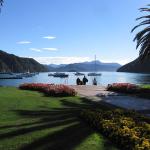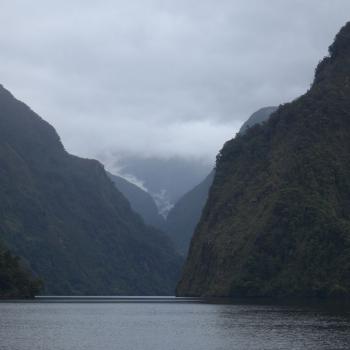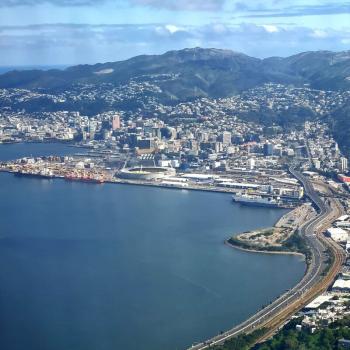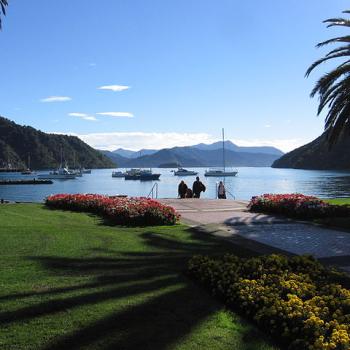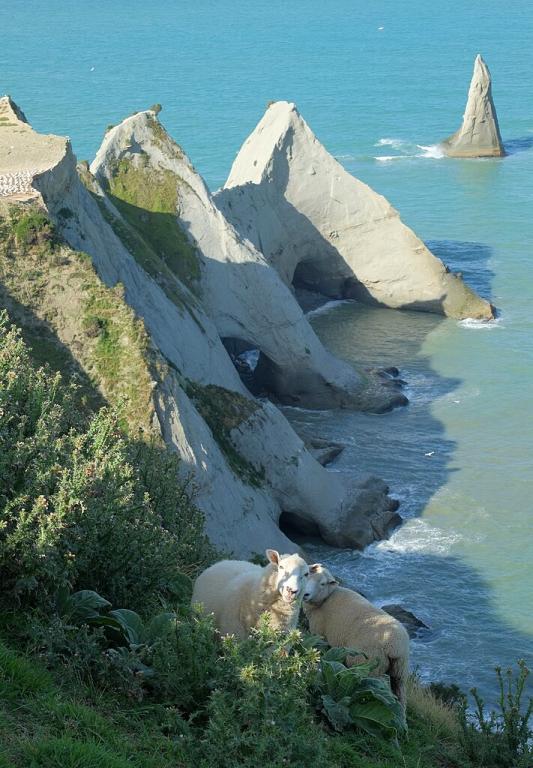
Newly posted on the website of the Interpreter Foundation:
During 1988, 1989, and 1990, Hugh Nibley taught Honors Book of Mormon classes for four semesters at Brigham Young University. The lectures were video-taped and audio cassettes and printed transcripts were made of the lectures. We believe these recordings will be interesting to listen to and valuable to your Come, Follow Me study program this year. Each week, we will include the lectures covering the Book of Mormon chapters being studied that week.
This week, we have lectures 18 and 19, covering 2 Nephi 3-8 and 2 Nephi 9, respectively.
Note: Nibley did not have any lectures covering chapters 10 through 24 of 2 Nephi, so there will not be a post next week.
All 112 lectures are immediately available in PDF, audio, video, and electronic formats, as well as in paperback books that are available for purchase. Links for all of the available online sources can be found in the Complete Bibliography for Hugh Nibley at https://interpreterfoundation.org/bibliographies/hugh-w-nibley/lectures/.
The Book of Mormon in Context Lesson 8: “O How Great the Plan of Our God!” 2 Nephi 6-10
In the 28 January 2024 Come, Follow Me segment of the Interpreter Radio Show, Steve Densley and John Thompson discussed Book of Mormon lesson 8, “O How Great the Plan of Our God!” covering 2 Nephi 6-10.
A recording of their conversation was made, and it has now been stripped of commercial interruptions and made available to you at your convenience but at no charge. The other segments of the 28 January 2024 radio show can be accessed at https://interpreterfoundation.org/interpreter-radio-show-january-28-2024.
The Interpreter Radio Show can be heard in the Salt Lake City area each and every week of the year on Sunday evenings from 7 to 9 PM (MDT), on K-TALK, AM 1640. Or, if you’re at sea or in space or otherwise located beyond the Salt Lake Valley, you can listen live on the Internet at ktalkmedia.com.
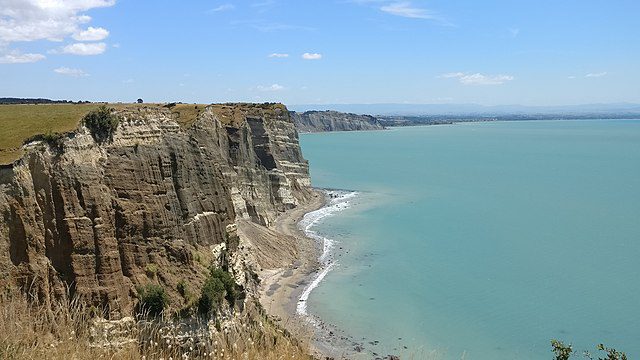
We spent the first part of today being driven around the pleasant little North Island coastal city of Napier, where we saw some of the then-fashionable art deco buildings that were constructed in the aftermath of the devastating 1931 earthquake that essentially destroyed the town and, destroying its original harbor, raised portions of it by roughly nine feet. Then we headed out to Te Awanga, southward on Hawke’s Bay, where we boarded a four-wheel-drive van from “Gannet Safaris Overland” (see the good video images at the link that I’ve just provided here) in order to travel out onto the oddly named Cape Kidnappers, which is a headland that actually forms the southeastern boundary of the Bay.
We saw magnificent views of the Pacific Ocean from the cape, as well as flocks of sheep and herds of cows and, at remarkably close range, thousands upon thousands of Australasian gannets, impressive large seabirds whose fledglings fly directly from New Zealand to Australia (twelve hundred or more miles away) and typically don’t return to their mother colonies until their third year.
I marvel at their ability to fly such a distance over the Tasman Sea (which the Ovation of the Seas took more than two days nd nights to cross), without their elders, to a place that they’ve never visited or seen before. Such lengthy migrations as this one and the even longer journeys of other birds and of humpback whales and the like absolutely amaze me.
There are two related but divergent stories about the English-language naming of Cape Kidnappers. One of them, the version told by Captain James Cook, says that it was named after an attempt by local Māori to abduct a member of Cook’s crew aboard HMS Endeavour when Cook and his boat made landfall there on 15 October 1769. The crew member was Taiata, who was the twelve-year-old nephew (or servant, or both) of Tupaia, the Tahitian arioi who was serving as the Endeavour’s interpreter and guide. (This says something important, by the way: A native-speaker of Tahitian could communicate — though not necessarily easily or precisely — with native-speakers of other Polynesian languages, including Māori.)
Cook’s journal states that Taiata was over the side of the ship (perhaps simply taking a swim) when a Māori fishing vessel approached the Endeavour, offering fish for trade. Suddenly, though, the Māori seized the boy and attempted to flee with him. Sailors from Endeavour′s deck immediately opened fire on the fishing boat, killing two Māori and wounding a third.
Taiata quickly jumped overboard and swam back to the Endeavour, while the remaining Māori paddled their waka shorewards with all their strength. A 4-pounder cannon was fired after them from Endeavour′s quarterdeck, but the Māori boat was soon out of range. Here is Captain Cook:
[O]ne of the fishing boat came along side and offer’d us some more fish, the Indian Boy Tiata, Tupia’s servant being over the side, they seized hold of him, pulld him into the boat and endeavourd to carry him off, this obliged us to fire upon them which gave the Boy an opportunity to jump over board and we brought the Ship too, lower’d a boat into the Water and took him up unhurt. Two or three paid for this daring attempt with the loss of their lives and many more would have suffered had it not been for fear of killing the boy. This affair occation’d my giveing this point of land the name of Cape Kidnappers.
However, the account given by the Ngāti Te Whatuiāpiti, the Māori hapu or sub-tribe involved in the story, is rather different: According to them, the Rangatira or chief Te Rangikoianake and his son Hawea led a rescue party in hopes of freeing what they not unreasonably imagined to be a young Māori boy — they knew nothing, by this time, of Tahiti or Tahitians, and he would have looked like one of them — who (they thought) was being held captive aboard the ship.
But now for the cape’s other name: Cape Kidnappers is known in Māori as Te Kauwae-a-Māui . That title means “the fish hook of Māui,” and it refers to a well-known Māori legend. Supposedly, the demigod Māui and his brothers were out fishing from their canoe (the South Island) one day when he caught a great fish and pulled it up out of the sea. The body of that fish became the North Island and, accordingly, a common Māori name for the North Island is Te Ika-a-Māui (“The Fish of Māui”).
Posted from the Pacific Ocean, just south of Napier, New Zealand



